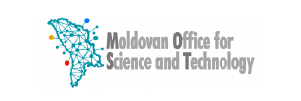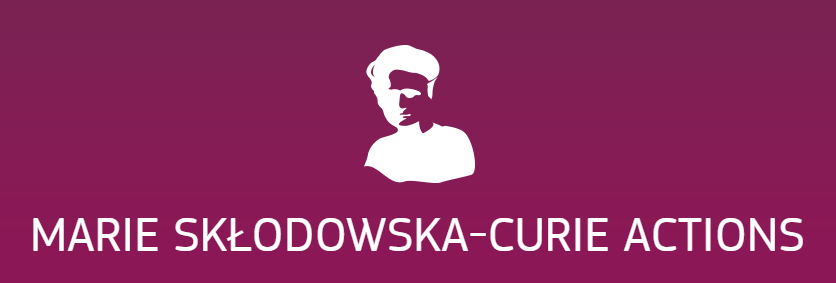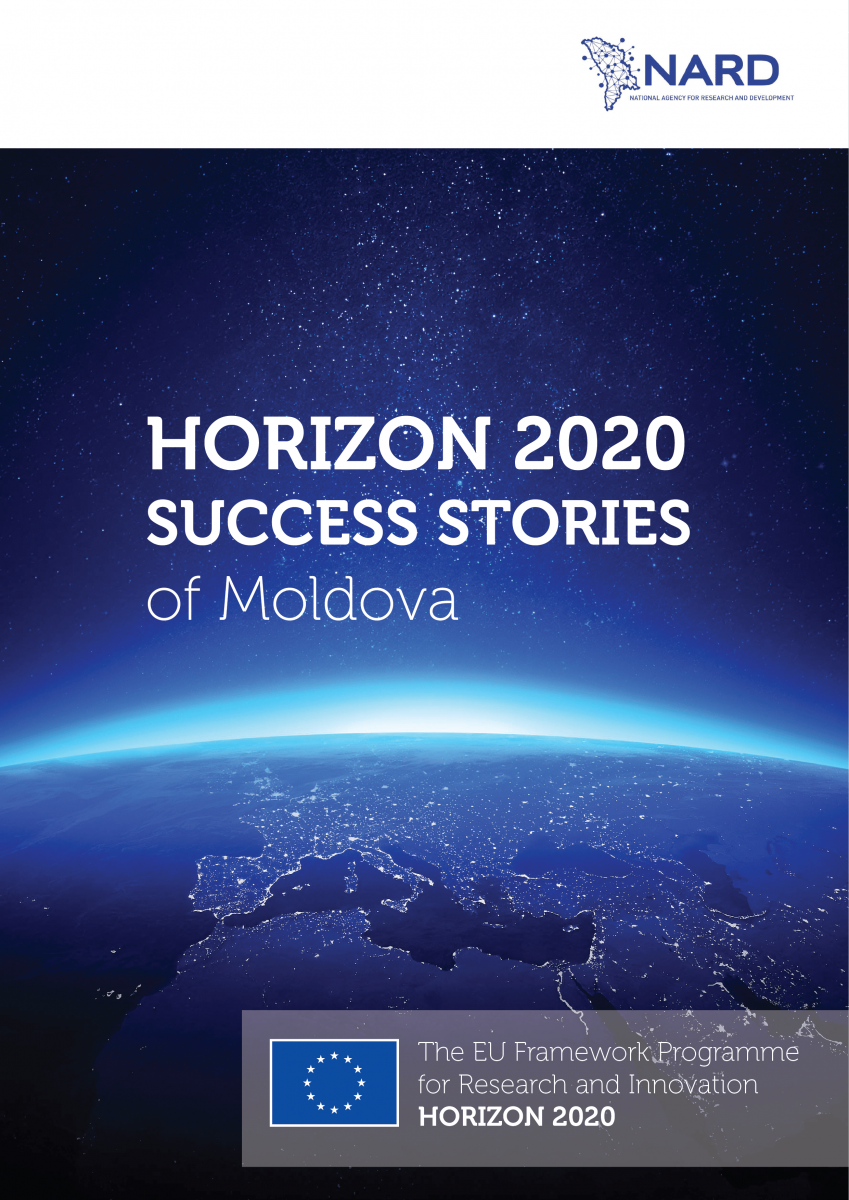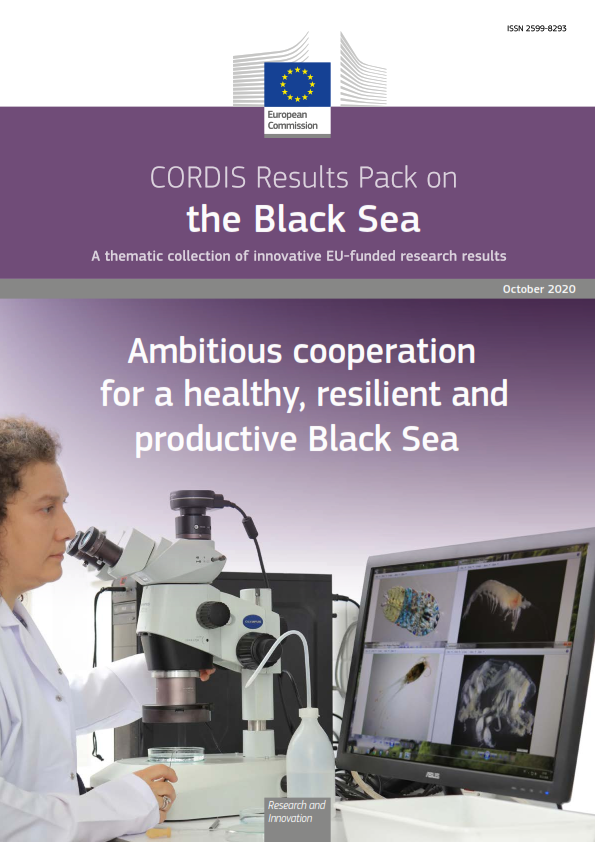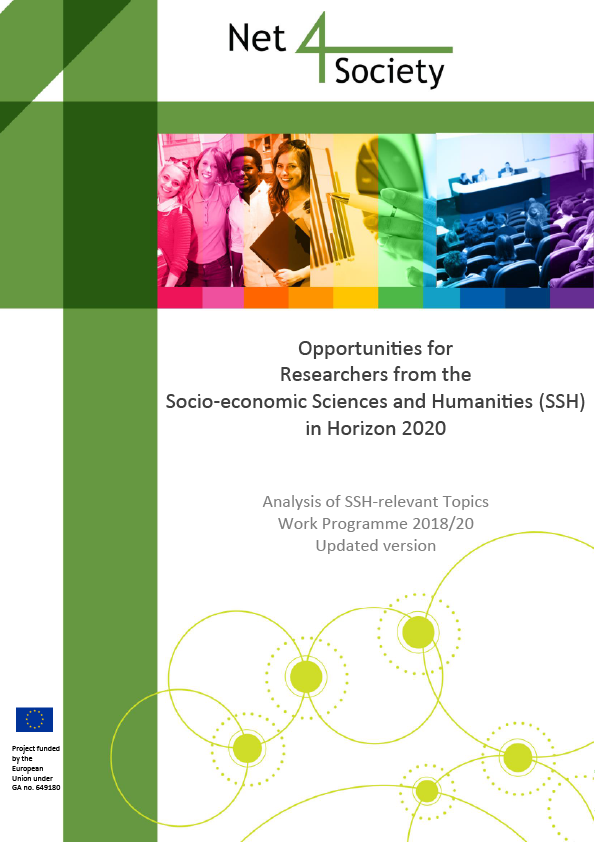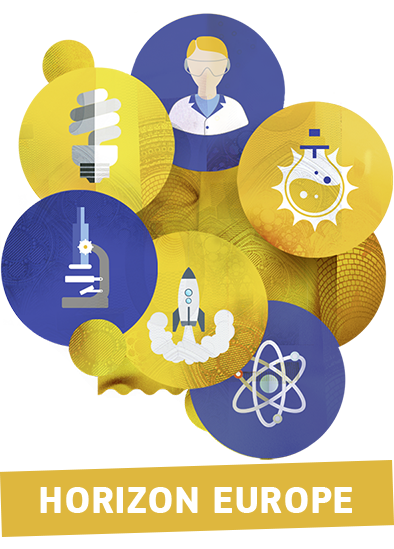A chewing sensor in your ear, an activity meter on your belt and weighing scales under your lunch or dinner plate: Fighting obesity (too much weight) and eating disorders (being underweight) has become high-tech.
Worldwide, between 500 million and 2 billion people are obese, which can lead to diabetes and heart disease. The consequence: an estimated 2.8 million deaths each year. High energy intake (= eating too much) and a low physical activity level may result in an inability to experience hunger and fullness correctly.
This is where the scales come in: They remain active during the whole meal and measure not only how much food you put on your plate, but also track how quickly (or slowly) you eat it. Through a display, nowadays often on a smartphone, they guide patients to normalise their eating.
While scales and activity tracker have been around for some time, novel processing algorithms, an Android app, a user interface and the prototype chewing sensor are developments of the SPLENDID project.
The chewing sensor fits into one ear and detects snacking sounds in-between meals. It is not confused by outside noise, as project coordinator Prof Anastasios Delopoulos explains: "The signals are in separate frequency bands. The detection algorithms seem to be insensitive to external music or quite loud speech, of the user and of others." Chewing gum, however, can cause problems and these users have to confirm manually whether they were snacking.
At a total cost of €3.6 mio the 3-year SPLENDID project is benefitting from €2.7 mio of EU funding. When it comes to an end in September 2016, its know-how will be used in a new EU funded project (BigO: Big Data Against Childhood Obesity) to capture large eating and activity related data to provide evidence to public health authorities on the design of counter obesity policies.
A report on SPLENDID is featured on Futuris, the science programme of the pan-European television channel Euronews.The report was shown on TV more than a dozen times between 20 and 26 June 2016. It can now be watched online in several languages:
Euronews video (4:20) - also available in DE, EL, ES, FR, HU, IT, PT and further languages
Euronews short video "Takeaway" (0:50) - English subtitles



